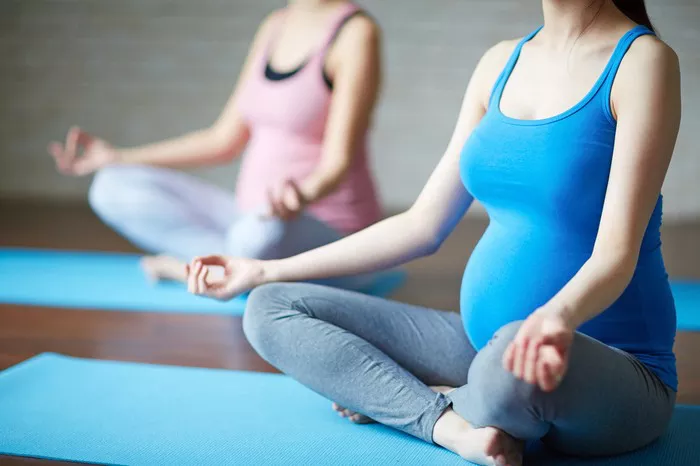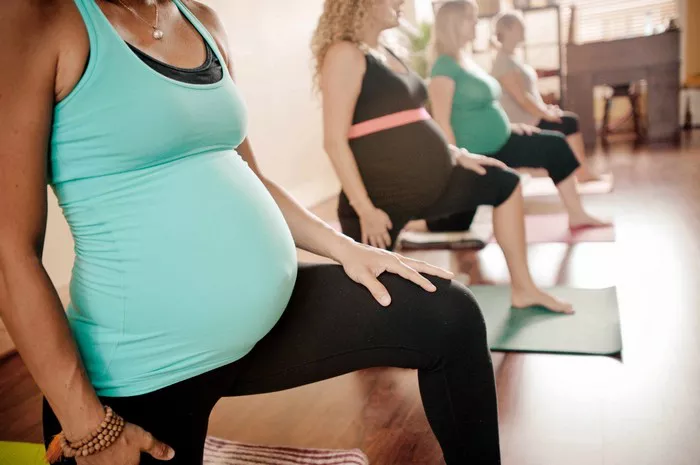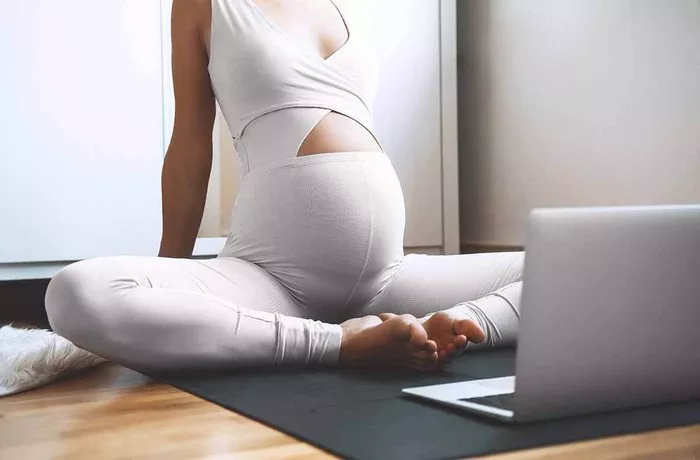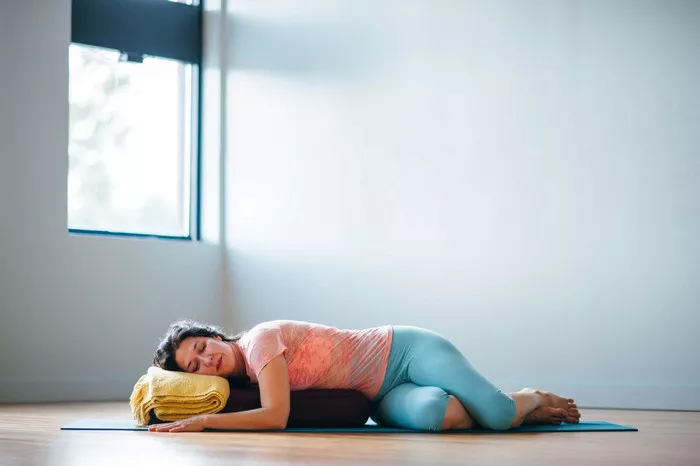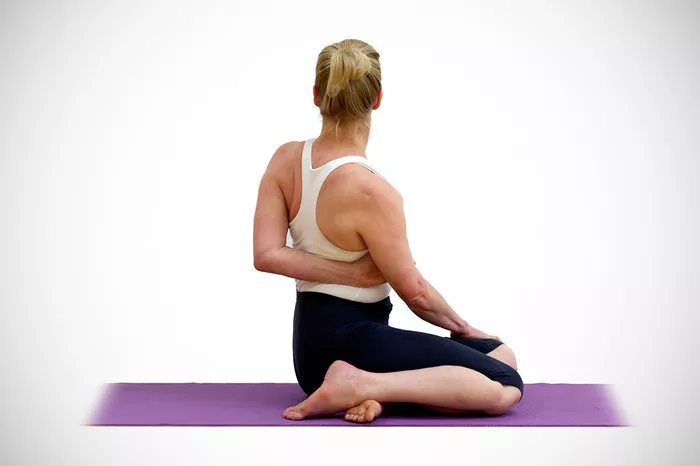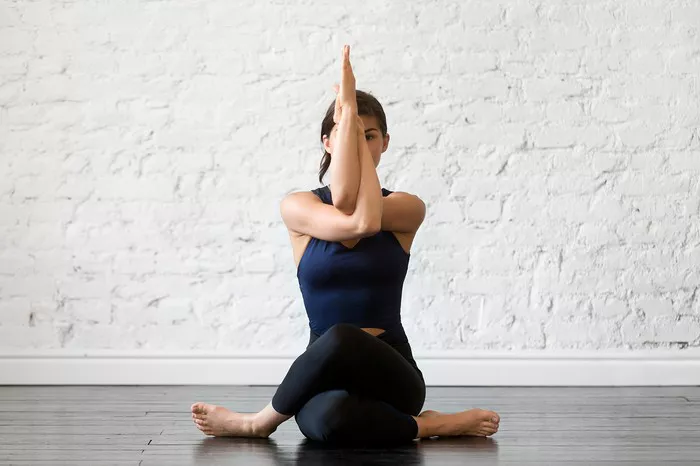Yoga is a transformative practice that encompasses various styles and philosophies. Among these, restorative yoga is a gentle and nurturing form that promotes relaxation and healing. Kassandra Restorative Yoga, led by renowned instructor Kassandra Reinhardt, brings a unique approach to this soothing practice. This article explores the essence of Kassandra Restorative Yoga, its benefits, and how it can enhance your overall well-being.
What is Kassandra Restorative Yoga?
Kassandra Restorative Yoga is a specific style of restorative yoga developed by Kassandra Reinhardt. Kassandra is a well-respected yoga teacher and online educator known for her calming and accessible teaching methods. Her restorative yoga classes emphasize deep relaxation, mindfulness, and gentle movement.
Restorative yoga itself is a practice that focuses on relaxation and recovery. It involves the use of props to support the body in various poses. This support allows practitioners to hold poses for extended periods, typically between 5 to 20 minutes. The primary goal of restorative yoga is to activate the parasympathetic nervous system, which helps the body to rest and restore.
Kassandra’s approach to restorative yoga incorporates elements of yin yoga, mindfulness, and meditation. Her classes are often accompanied by soothing music and guided relaxation techniques. This creates an inviting atmosphere for practitioners to unwind and reconnect with themselves.
The Philosophy Behind Kassandra Restorative Yoga
Kassandra Restorative Yoga is rooted in the philosophy of slowing down and turning inward. The practice encourages individuals to cultivate a sense of awareness and presence in their bodies. It acknowledges the importance of self-care and emphasizes that taking time to rest is just as vital as engaging in more vigorous forms of exercise.
The philosophy of Kassandra Restorative Yoga aligns with the principles of mindfulness. Mindfulness involves being fully present in the moment, observing thoughts and sensations without judgment. Kassandra integrates mindfulness techniques into her classes, allowing practitioners to deepen their connection to their bodies and breathe.
The Role of Breath
Breath plays a crucial role in Kassandra Restorative Yoga. The practice encourages deep, intentional breathing to enhance relaxation. This type of breathing helps to calm the mind and release tension in the body. Kassandra often guides practitioners through breath awareness exercises, helping them to connect with their breath and facilitate relaxation.
The Importance of Props
Props are an essential component of Kassandra Restorative Yoga. They provide support and stability in various poses, allowing practitioners to experience comfort and relaxation. Common props used in Kassandra’s classes include:
Bolsters: These cushions support the body in different poses, providing comfort and ease.
Blocks: Used to bring the ground closer to the body, helping practitioners find proper alignment.
Straps: These tools assist in extending reach and maintaining poses without strain.
Blankets: Used for extra cushioning and warmth during practice.
The strategic use of props allows practitioners to surrender to gravity and relax deeply, fostering a sense of safety and security.
Benefits of Kassandra Restorative Yoga
Kassandra Restorative Yoga offers a wide range of benefits for both the body and mind. Practitioners can experience:
1. Deep Relaxation
One of the primary benefits of restorative yoga is the ability to achieve deep relaxation. The supportive poses allow the body to release tension and stress, leading to a state of profound calm. This relaxation can have a positive impact on mental health and emotional well-being.
2. Improved Flexibility
While restorative yoga is not an active stretching practice, it can still improve flexibility over time. Holding poses for extended periods allows the muscles to release tightness gently. As practitioners become more accustomed to the practice, they may notice increased flexibility in their bodies.
3. Stress Relief
Kassandra Restorative Yoga is particularly effective in managing stress. The calming nature of the practice encourages individuals to step away from their daily responsibilities and focus on themselves. This dedicated time for self-care can reduce stress levels and promote a sense of well-being.
4. Enhanced Mindfulness
Practicing Kassandra Restorative Yoga encourages mindfulness and presence. The focus on breath and sensations helps practitioners cultivate awareness of their bodies and minds. This heightened sense of awareness can extend beyond the yoga mat, influencing daily life and interactions.
5. Better Sleep Quality
Many practitioners report improved sleep quality after engaging in restorative yoga. The relaxation induced during practice can help calm racing thoughts and prepare the body for restful sleep. Incorporating restorative yoga into a bedtime routine may promote deeper, more restorative sleep.
6. Emotional Release
Restorative yoga can facilitate emotional release. As practitioners relax and let go of physical tension, they may also experience the release of pent-up emotions. This emotional release can be therapeutic, allowing individuals to process feelings they may have been holding onto.
7. Rejuvenation of the Nervous System
Kassandra Restorative Yoga activates the parasympathetic nervous system, which is responsible for the body’s rest and digest functions. By encouraging this state, restorative yoga helps to balance the nervous system, reducing symptoms of anxiety and promoting overall relaxation.
How to Practice Kassandra Restorative Yoga
Kassandra Restorative Yoga can be practiced in various settings, including yoga studios, at home, or through online classes. Here are some steps to get started:
1. Find a Comfortable Space
Create a peaceful environment for your practice. Choose a quiet space with minimal distractions. You may want to dim the lights, play soft music, or light candles to enhance the atmosphere.
2. Gather Your Props
Prepare your props before beginning your practice. Ensure you have bolsters, blankets, blocks, and straps readily available. Having everything you need nearby will help you relax and focus on your practice.
3. Set an Intention
Before starting your practice, take a moment to set an intention. This could be anything from cultivating self-compassion to releasing stress. Setting an intention helps to guide your practice and create a meaningful experience.
4. Follow a Sequence
Kassandra’s classes often follow a specific sequence of poses designed to promote relaxation and rejuvenation. Here are some common poses included in Kassandra Restorative Yoga:
Supported Child’s Pose: This pose involves resting the forehead on a bolster while allowing the body to relax and release tension.
Reclined Bound Angle Pose: In this pose, practitioners lie on their backs with the soles of their feet together and knees open, supported by props.
Supported Forward Fold: This pose involves sitting with the legs extended and folding forward over a bolster, promoting deep relaxation in the back.
Legs Up the Wall Pose: Practitioners lie on their backs with their legs resting against a wall, encouraging circulation and relaxation.
5. Focus on Breath
Throughout your practice, pay attention to your breath. Take deep, intentional breaths, allowing your belly to rise and fall with each inhale and exhale. Use your breath to deepen your relaxation and connection to the present moment.
6. Allow Time for Stillness
Restorative yoga encourages stillness and surrender. Allow yourself to settle into each pose and embrace the stillness. If your mind begins to wander, gently guide your attention back to your breath and sensations in your body.
7. End with Reflection
As your practice concludes, take a few moments to reflect on your experience. Consider how your body feels and any insights gained during your practice. Allow yourself to carry this sense of peace and awareness into your day.
See Also: Can Restorative Yoga Help Relieve Sciatica Pain?
Tips for a Successful Kassandra Restorative Yoga Practice
To maximize the benefits of Kassandra Restorative Yoga, consider the following tips:
1. Be Patient with Yourself
Restorative yoga is a gentle practice that requires patience. Allow yourself to relax fully into each pose without judgment. Remember that it’s okay to be still and embrace the experience.
2. Listen to Your Body
Everyone’s body is different. Pay attention to your body’s signals and adjust poses as needed. Use props to support your comfort and avoid pushing yourself into discomfort.
3. Incorporate Regular Practice
To experience the full benefits of Kassandra Restorative Yoga, consider incorporating it into your regular routine. Even short sessions can be beneficial. Aim for at least one or two restorative yoga sessions per week.
4. Experiment with Different Settings
Explore different environments for your practice. You may find that practicing outdoors, in a quiet room, or with guided online classes enhances your experience. Experimenting can help you discover what works best for you.
5. Keep an Open Mind
As with any yoga practice, maintaining an open mind is essential. Embrace the experience without expectations and be willing to explore new sensations and emotions.
Conclusion
Kassandra Restorative Yoga is a gentle yet powerful practice that promotes relaxation, healing, and mindfulness. Through the use of props, deep breathing, and supportive poses, practitioners can experience profound benefits for their bodies and minds. By integrating Kassandra Restorative Yoga into your routine, you can cultivate a deeper sense of awareness, reduce stress, and enhance your overall well-being.
Whether you are a seasoned yogi or new to the practice, Kassandra Restorative Yoga offers a welcoming and nurturing space to explore relaxation and self-discovery. So, take a deep breath, find your favorite props, and embark on a journey of restorative healing. Your mind and body will thank you for it.
You Might Be Interested In





